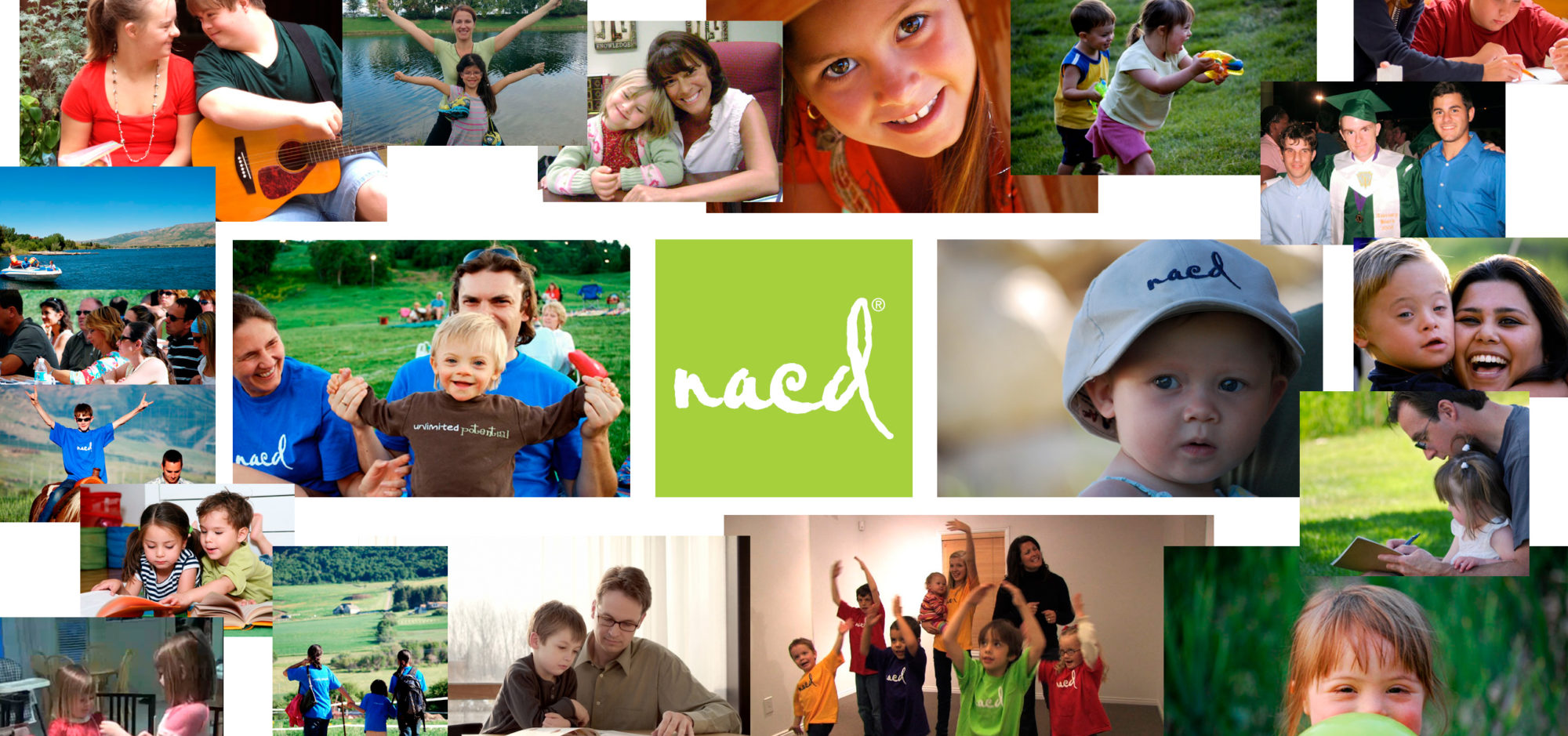 I’m in LA, flew in this morning and spent the afternoon working with a couple of great families.
I’m in LA, flew in this morning and spent the afternoon working with a couple of great families.
I had a quiet dinner and read my book in the hotel restaurant. When I left, I saw the hotel manager and we passed pleasantries. I’ve been coming here for many years, and Arthur and I have kind of grown “older” together. He asked how I was and I commented “okay,” but he had observed my slower than normal pace. I acknowledged that my back was giving me fits. He said that getting older was better than option A (not getting older). I suggested that I wasn’t happy with Option A or B (accepting the inevitable) and was going to pursue Plan C.
What is Plan C? Plan C is investigating, working and fixing my back so I can actively pursue life. For so many of our children and us, the perception is that our choices are limited; accept the diagnosis and prognosis, follow the typical path, and accept the inevitable. I don’t think so!
The medical model—make a diagnosis, based on the diagnosis make a prognosis, and then apply accepted procedures—doesn’t work for me. For children with developmental problems, that means accepting labels, creating expectations based on the label and on how the “professionals” have failed those with the same labels, and then making accommodations and accepting limited potential. Hooray for all of you “average” people who choose to be exceptional. Hooray for all you parents who have children with educational or developmental problems who choose to believe your children have unlimited potential.
Let’s hear it for Plan C!
—Bob

